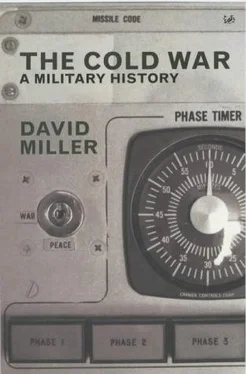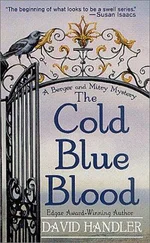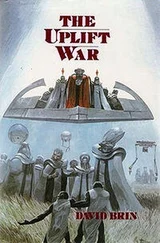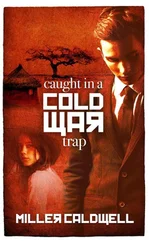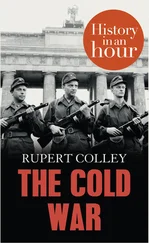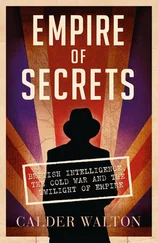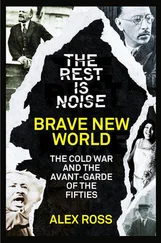The EAC was formed by order of the Conference of Allied Foreign Ministers (Moscow, November 1943) and consisted of representatives from the UK, the USSR, the USA and (from November 1944) France.
‘Berlin’ was defined as ‘Greater Berlin’ as delineated in the German Law of 27 April 1920.
The shortest distance was 177 km, between Helmstedt and West Berlin, for the British, and much further for the Americans and French.
A problem arose somewhat later when the US and the British wished to operate helicopters in Berlin. Helicopters had been in their infancy in 1945 so they were not mentioned in the 1945, agreement, as a result of which the Russians refused to allow them to be flown into or out of the city. Thus they had to be dismantled and moved into the city either in a transport aircraft or by road.
A West German Land is a constituent state of the Federal Republic, with its own parliament, government and local administration. It is approximately equivalent to a US state.
The Berlin City Assembly sent eight representatives to the Bundestag and four to the Bundesrat.
These are estimated to have been six months’ supply of coal and gas and one year’s supply of food.
Before this the currency throughout Berlin had been the Allied Military Mark, which was printed by the Soviet authorities in East Berlin.
Originally Comets, later Centurions, and finally Chieftains.
The same man served as a NATO commander (SACEUR) served by NATO staffs, as a US national commander (CINCEUR) served by an exclusively US staff, and as a tripartite (French–UK–US) commander for Berlin, in which he was served by a tripartite staff with its own headquarters. Such ‘double [or triple] hatting’ was quite usual in NATO.
Despite being placed within a NATO compound, Live Oak was never a NATO unit and access to its building was restricted to British, French and US people with business there.
Contingency planning frequently gives rise to misunderstandings among those not familiar with the way the military operate. Headquarters exist in peacetime to plan and train for war, so that, should war break out, they are familiar with their roles, their missions and the units under their command. A certain amount of their time is spent in peacetime administration, but the bulk is devoted to planning. The existence of a plan does not mean that an HQ wishes to carry it out, or even that it is considered likely that it will have to, but simply that there is a remote possibility. Thus, if an HQ has a contingency plan for a nuclear attack, that does not mean that it wants to carry it out, but simply that it might have to and so the plan considers what factors might be involved in doing so.
The Douglas RB-66 was a highly specialized photographic- and electronic-surveillance version of the B-66 twin-jet bomber. It carried a crew of three.
The T-39 was an air-force version of the North American Sabreliner executive aircraft. It was powered by two turbojets and carried a crew of two. Military transport versions carried up to nine passengers, but the type was also used as a radar trainer and may also have been used for electronic surveillance.
The Bundesversammlung was a special body which was convened only to elect a new president.
This covered formal meetings of the Bundesversammlung, the Bundesrat and the Bundestag, although committees could continue to meet in West Berlin.
One senior Western officer went to sleep in his staff car on the autobahn between Helmstedt and Berlin. He awoke to discover that he was deep in the GDR, his driver having taken a wrong turning, and that his car had been stopped by a Soviet patrol. An English-speaking Russian officer was sent for, who, with only the slightest hint of a smile, politely enquired whether the Western officer was trying to defect. On being assured that this was not the case, he personally escorted the chastened Westerner back to the autobahn and sent him on his way to Berlin with a salute.
Specifications of the main types of battlefield nuclear weapon are given in Appendix 27.
This would have enabled the warhead to penetrate a considerable depth into most soil types before detonating, giving the resultant sub-surface explosion a considerable capability against underground bunkers.
The problem affected all weapons, including aircraft, conventional artillery, mortars, and so on, but was most acute for nuclear weapons.
These would almost certainly have overrun West Berlin very rapidly, and then, having handed over mopping-up operations to a reserve formation, moved westward to reinforce one of the northern fronts.
In the early 1960s the author attended two separate study periods in Malaya on the conduct of nuclear war in the jungle. In the first, the basic assumption made by the team running the study was that nuclear weapons would have swept away vast swathes of jungle, making movement by both vehicles and men relatively easy. In the second, the opening assumption by a different team was that the nuclear weapons had created an impenetrable obstacle, making movement impossible.
From the mid-1970s onwards it was possible to retarget Minuteman missiles in flight, but it was not possible to terminate the flight.
JIGSAW was the (doubtless carefully chosen) acronym for the J oint I nter-Service G roup for the S tudy of A ll-out W arfare.
Note that JIGSAW gave radiation doses in roentgens and that, for the purposes of this book, the roentgen and the rad are synonymous – see the note on see here.
The second reason given in the paper is that the JIGSAW staff were advised by the director of military intelligence that ‘there was a lack of precise information on the location of Soviet forces in other areas of the USSR’. This is a most surprising admission at that stage of the Cold War.
This would have been some eighty times more powerful than the weapons dropped on Hiroshima and Nagasaki.
The European battle was based on the following assumptions:
1 The prevailing wind was 37 km/h knots from the west.
2 In tactical areas and on the interdiction lines, the weapons were uniformly spaced and burst simultaneously.
3 Where blast pressures from separate explosions overlapped, the damage done was that caused by the higher overpressure only.
I would like to make it clear that this is not meant to be a criticism of a valuable and carefully written book. My only wish is to draw attention to the problems associated with depicting scenarios and the danger inherent in making assumptions.
The Berlin contingency plans certainly included ‘demonstrative’ use of nuclear weapons – see Chapter 32 32 Berlin: Front-Line City of the Cold War THROUGHOUT THE COLD War there was no other place or group of people that epitomized the issues at stake as clearly as Berlin and the Berliners; indeed, on more than one occasion, events in and around Berlin dragged Europe – and the world – to the brink of war. The city’s curious status stemmed in part from its role as the traditional capital first of Prussia and then of united Germany (from 1871), but mainly from its political and emotional significance as the capital city of, first, Kaiser Wilhelm II’s Imperial Germany and subsequently of Hitler’s Third Reich. Thus the very name ‘Berlin’ struck a chill into the hearts of its enemies, and reaching and controlling it became the symbolic military goal of all four Allies during the Second World War.
.
Читать дальше
